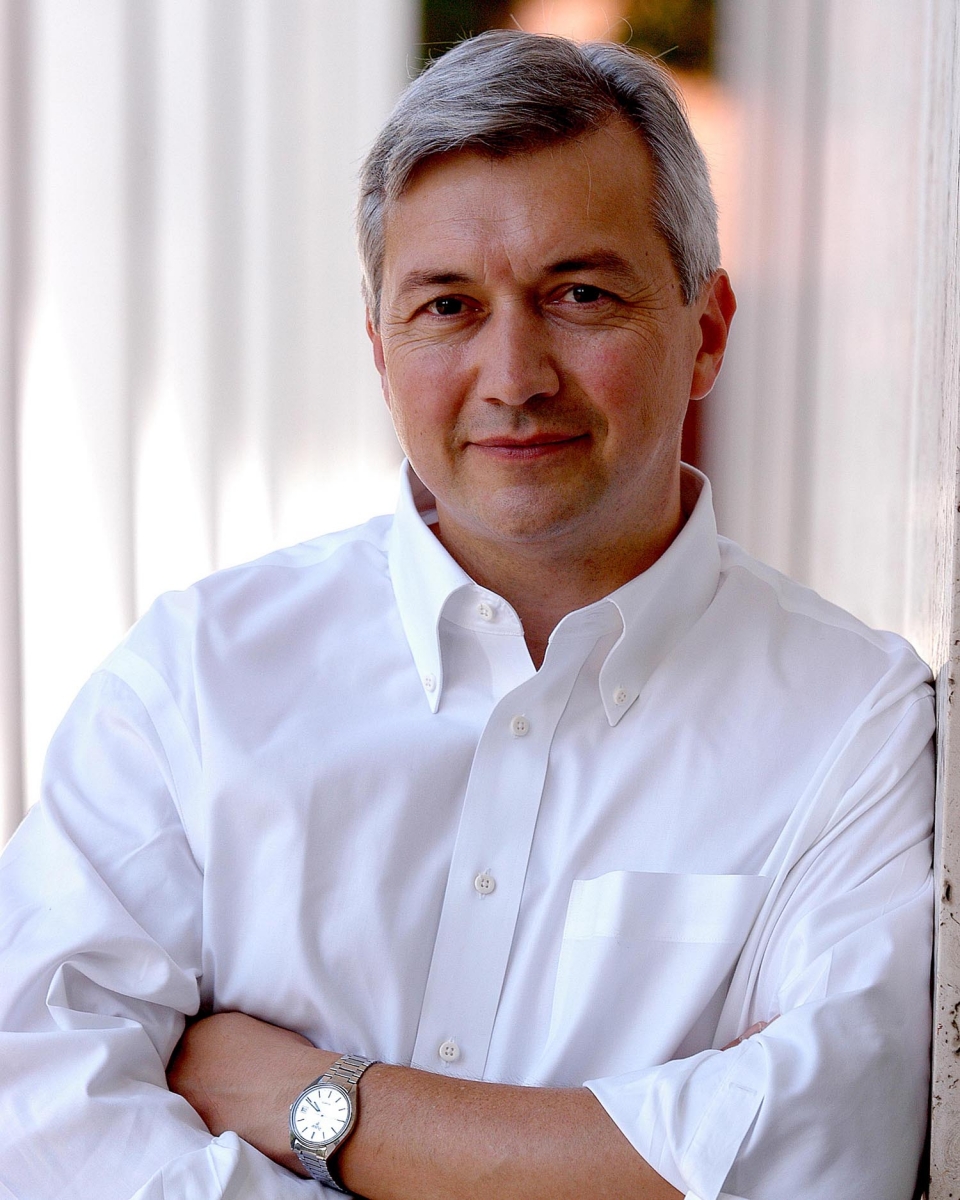The White House recently announced that President Barack Obama's proposed fiscal year 2016 budget will double the amount of federal funding for combating and preventing antibiotic resistance to more than $1.2 billion.
According to the Centers for Disease Control (CDC), there are at least two million illnesses and 23,000 deaths in the United States each year caused by antibiotic resistant bacteria.
This additional funding will be used to improve antibiotic stewardship; strengthen antibiotic resistance risk assessment, surveillance and reporting; and drive research innovation in the human health and agricultural sectors.
 We discussed the proposed budget with Christopher Chyba, professor of astrophysical sciences and international affairs at Princeton University's Woodrow Wilson School of International and Public Affairs. Chyba serves on the President's Council of Advisors on Science and Technology (PCAST) and co-chaired the antibiotic resistance working group that prepared the initial draft of PCAST’s report to President Obama on countering the rise of antibiotic resistance.
We discussed the proposed budget with Christopher Chyba, professor of astrophysical sciences and international affairs at Princeton University's Woodrow Wilson School of International and Public Affairs. Chyba serves on the President's Council of Advisors on Science and Technology (PCAST) and co-chaired the antibiotic resistance working group that prepared the initial draft of PCAST’s report to President Obama on countering the rise of antibiotic resistance.
Q. President Obama's 2016 budget includes nearly $1 billion in funding to the Department of Health and Human Services (HHS) to combat antibiotic resistance. This is nearly double the 2015 funding level. What prompted the increase, and why now?
Chyba: Why now? After examining this issue, PCAST found that the nation risks losing the tremendous progress in public health made over the last century from the discovery and development of antibiotic drugs. Many experts have sounded this alarm. The CDC estimates that the annual impact of antibiotic-resistant infections on the U.S. economy is $20 billion in excess direct health care costs and up to $35 billion in lost productivity, and of course numbers like this are only proxies for the human misery that these infections cause. And the problem is worsening.
President Obama asked PCAST in November 2013 to make recommendations on how to address this crisis. PCAST's report to the President was released last September together with a national strategy for combatting antibiotic resistance and an executive order by the President to implement that strategy. Based on discussions within our working group of outside experts, PCAST identified several areas that required urgent attention and outlined a set of practical, actionable steps that the U.S. government should take to bring the antibiotic resistance crisis under control. Those steps include ways to improve our surveillance capabilities for resistant bacteria (so that we discover outbreaks of resistant bacteria as early as possible), increase the longevity of current antibiotics (so that we maintain our current weapons against bacteria for as long as possible) and accelerate the rate at which new antibiotics and other interventions are discovered and developed. This agenda spans many agencies. But obviously large pieces of that agenda fall within HHS.
Q. In your opinion, what are the biggest threats posed by antibiotic-resistant bacteria? How will this additional funding help?
Chyba: Developing resistance to antibiotics is a natural part of what bacteria do, but over the past decade this brewing problem has become a crisis. The evolution of antibiotic resistance is now occurring at an alarming rate and is outpacing the development of new countermeasures (and antibiotics in particular) capable of thwarting these infections in humans. The CDC estimates that every year more than two million people in the United States are sickened with infections by more than 17 types of antibiotic-resistant microbes. The ultimate fear would be of returning to the practice of medicine as it was in the era before the use of effective antibiotics.
New funding will help us improve our surveillance for resistant bacteria, improve our stewardship of existing antibiotics and increase the rate at which new antibiotics are discovered. PCAST identified key areas for focus in each of these broader issues.
Q. President Obama's proposal includes the adoption of a "One-Health" approach that integrates the surveillance of human health, veterinary medicine and the ecosystem. Can you explain why examining these in tandem can best help strengthen detection and the control of antibiotic resistance?
Chyba: Antibiotic resistance can arise in bacterial pathogens that infect humans, that infect animals – and, in particular, farm animals – and in the environment. Resistance can move between these reservoirs. An effective approach has to be a "one-health" approach that is aware of these connections.
Q. Funding will be dispersed to such organizations as the National Institutes of Health, the Centers for Disease Control and Prevention, the Food and Drug Administration, among others. How might academics and scholars be more directly involved?
Every one of the big steps that need to be worked – surveillance, stewardship, discovery and development of new antibiotics – relies on research conducted by the academic community as well as by government scientists and the private sector. Some of this research will be funded by the government – more of it now, if the President's 2016 budget holds. In addition, though, there is need for more policy-level research, both with respect to naturally occurring threats as well as bioterrorism. Here, private foundations should play a role. Yet, oddly, on issues of biosecurity, many of them have made a decision over the past few years to pull out of this area. In light of the challenges we face, I am baffled by these decisions.
WWS Reacts is a series of interviews with Woodrow Wilson School experts addressing current events.

